
If you purchase UN rated corrugated boxes, you probably see they have a marking on them that starts with either a 4G or 4GV. Whether you are shipping glass bottles, paint cans, plastic bottles, or lithium batteries, the search for compliant UN Packaging doesn’t have to be a difficult one. What is the difference between a 4G and 4GV rated box, and what is the right solution for you?
What is 4G Packaging?
When you see a 4G on the outside of your UN packaging, it essentially means it is a box (4), and it is made of fiberboard (corrugated) (G). 4G UN packaging is designed to fill a very specific need a dangerous goods shipper may have. For example, a 4G box has to go through the full gamut of UN testing, including drop testing, stack testing, vibration standard, and a cobb test. If it just has a “4G” on the outside of the box, it was UN tested with a specific inner packaging such as a one-gallon paint can, a plastic liter narrow mouth bottle, or a lithium battery mass as examples. If the design was tested with a one-quart metal paint can with an insert and a Ringlok, then the shipper must use this same configuration that the box was tested with.
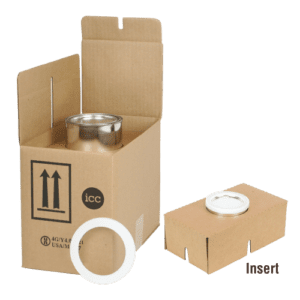
So, in the above picture, if the shipper used this box, it must be with the insert, and for use with quart metal round paint can inner packaging with a Ringlok. If a shipper were to remove the insert and ship a lithium battery in this box, it would not be compliant because it was not UN tested in that manner. If the shipper decided to ship a plastic paint can in this box, it would also not be compliant because the box was UN tested with a metal round paint can. There are some minor changes that are allowed to be made regarding the inner container per 178.601 (g)(1), such as using the same type of the inner container but smaller as long as void space is made up inside the package, but for the most part, the same design and material of inner packaging must be used. In regards to what components the box or kit is tested with, all questions can be answered by simply following the closing instructions, which lists the compliant components needed for the assembly.
What is 4GV Packaging?
When you see the letter “V” on your UN specification packaging, it means variation. 4GV packaging, also known as variation 2 Packaging, is referenced in the 49CFR under 178.601 (g)(2) and the TP14850 in section 12.7. The main difference here is that the Inner components used in the 4GV box are allowed to change, as long as there is enough absorbent in the tested design to completely absorb the liquid contents being shipped, and it must contain a liner bag. The UN testing is more stringent on these designs as they are tested with fragile inner containers, such as glass, they are drop tested from a packing group I height, and in addition more weight is added to the tested package than what the UN spec code identifies. These boxes are suitable for a wide variety of inner containers such as glass, metal, and plastic of all different shapes and sizes. In addition, articles and solids such as lithium batteries are allowed to be shipped in these boxes. There are some stringent rules that must be followed here, such as whatever absorbent the closing instructions call for must be used as well as cushioning distances must be followed very closely (click here to view my blog about cushioning distances). For example, the 4GV box below was UN tested with grade 4 vermiculite as the absorbent with a liner bag, so this can be used with a wide variety of inner containers as long as vermiculite and liner bag is used in the manner it was tested with.
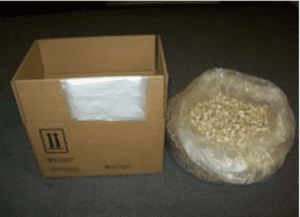
As opposed to the 4GV Box below that was tested with an absorbent pouch, liner bag, and molded pulp inserts.
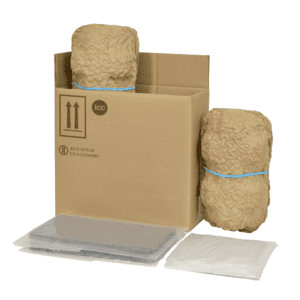
What is Right for You?
If you have a wide variety of inner containers, and want to use one universal packaging for all of them, then 4GV packaging is for you. Remember, by design, whether you are shipping solids or liquids, if you use 4GV packaging, you must use the type of absorbent and liner bag the box was UN tested with. Suppose you have only one type of inner container that you continuously ship out and don’t want to use absorbents. In that case, standard 4G packaging may be the way to go if it was specifically tested with your type of inner container. If you choose, you can always add a liner bag and/or absorbent to 4G designs if the regulations say they are a requirement or to make up void space when shipping your specific dangerous goods. If you have any questions about what packaging may be right for you, please contact us at 888-442-9628 (U.S.) or 888-977-4834 (Canada), and ask for one of our Regulatory Experts, or browse our wide variety of packaging products.
Stay up to date and sign up for our newsletter!
We have all the products, services and training you need to ensure your staff is properly trained and informed.
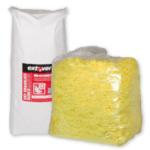 Absorbents & Packing Materials |
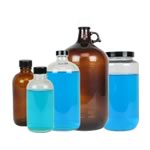 Glass Containers |
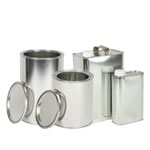 Metal Cans |
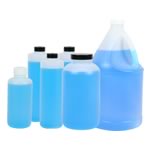 Plastic Containers |

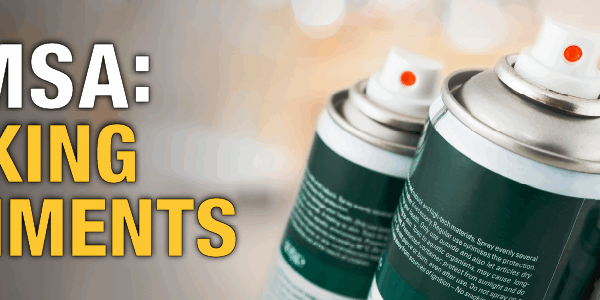
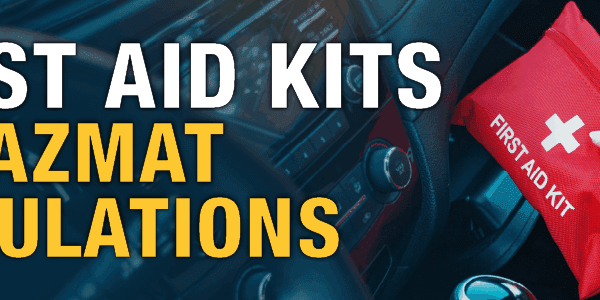



 ICC USA
ICC USA ICC Canada
ICC Canada